The Little Red Dot is a nickname Singaporeans love to use to describe their country: a small but dynamic dot in Southeast Asia. Despite its size (roughly 40% smaller than Rhode Island or 40% bigger than Andorra), Singapore is today among Asia’s leading financial hubs, thanks to its strategic location, world-class infrastructure, clean governance, good connectivity, and perhaps most importantly, kiasuism. Translated as ‘afraid of losing’, the latter is a trait that seems to be shared by many Singaporeans, whether or not they realize or admit it. In spite of the island’s compact land area, Singapore is home to superlatives, including: the world’s best airport, the world’s tallest indoor waterfall, the world’s highest swimming pool, the second most competitive economy in the world, the least corrupt country in Asia, and the list goes on.
To understand the reason behind this obsession for greatness, one needs to go back to the formative years of Singapore. In 1963, Singapore alongside with North Borneo and Sarawak declared independence from the United Kingdom, and together with the Federation of Malaya they formed Malaysia. However, as the new Malay-majority country’s policy was blatantly in favor of the Malays, racially-fueled riots erupted in Chinese-majority Singapore. In 1965, in the absence of Singaporean representatives, the Malaysian Parliament voted unanimously to expel Singapore from the federation.
Against its own will, Singapore became an independent nation. And with hostile neighbors both to its north (Malaysia) and south (Indonesia), there was no other way for Singapore to survive other than by depending on itself. Having a kiasu mentality helped the Singaporeans work harder and smarter than their counterparts in the region to clear their own path toward prosperity. Led by a visionary, albeit oppressive, leader like Lee Kuan Yew who understood how to exploit his country’s strategic geographical position, Singapore leaped forward. Its fast-growing economy made the country become one of the Four Asian Tigers (alongside Hong Kong, Taiwan and South Korea), a prestigious club of the continent’s countries and territories whose economies transformed rapidly just in a matter of decades.
With per capita income significantly higher than its Southeast Asian neighbors, Singapore had to look elsewhere to set the bar higher. Hong Kong, at that time still a British colony, became the benchmark for its similar size with Singapore as well as the former’s prominence as one of Asia’s leading financial centers. With a goal set in mind, the Singaporeans let kiasuism guide them, driving the city-state to eventually become better than Hong Kong.
In the second decade of the 21st century, the island republic has outperformed the Chinese Special Administrative Region (SAR) in many aspects. At 0.925, Singapore’s Human Development Index (HDI) is higher than Hong Kong’s 0.910. In the 2016 Corruption Perception Index, the Southeast Asian nation ranked seventh, while Hong Kong fifteenth. Singapore’s economy is more competitive than that of Hong Kong (second and ninth places, respectively, in the latest Global Competitiveness Index). And these are not mere numbers as they actually translate into real economic indicators. Total unemployment in Singapore is at 1.9% (with 6.7 youth unemployment), while in Hong Kong it’s 3.4% (15.1% youth unemployment).
Singapore has also been doing a better job at urban planning, preserving its heritage buildings, providing public housing to its citizens, and education. “The English proficiency in Singapore is much higher than in Hong Kong,” James, a native Hong Konger, once attested. On one of my visits to the SAR, I noticed something interesting in the South China Morning Post, Hong Kong’s main English-language newspaper. In an article about Hong Kong’s economy, tables of comparison between the territory and Singapore were strewn all over the paper. Hong Kong, it seems, has embraced the fact that Singapore has caught up with them.
Nevertheless, Hong Kong is still better than its rival in several ways. The MTR – Hong Kong’s mass transport system – is far more reliable than Singapore’s SMRT, with 99.9% punctuality rate compared to Singapore’s less than 90%. Its dramatic natural landscape is clearly something Singapore finds hard to beat, even with the money and collective ambition of all Singaporeans. At a paltry 164 m, Bukit Timah is the highest natural point on the mostly-flat island nation, compared to Hong Kong’s hilly terrain which provides a variety of hiking trails with scenic views. When it comes to press freedom, despite its significant drop in recent years due to the increasing influence from Beijing, Hong Kong ranks 73. Singapore, on the other hand, ingloriously sits at 151 out of 180 countries and territories. The media in the island republic is in fact highly controlled by the government, putting Singapore on par with the likes of Tajikistan, Swaziland and Belarus.
Many Singaporeans, however, don’t seem to be bothered by this. One way or another they support it because security, stability, as well as religious and racial harmony are of utmost importance to keep their economy thriving and livelihood safe. Having a clean and transparent government that is able to provide safety and jobs is good enough. Probably the hustle and bustle, congestion, tensions, flooding, pollution, and all the cacophony of a metropolis less than two hours away by plane to its southeast makes the Singaporeans complacent.

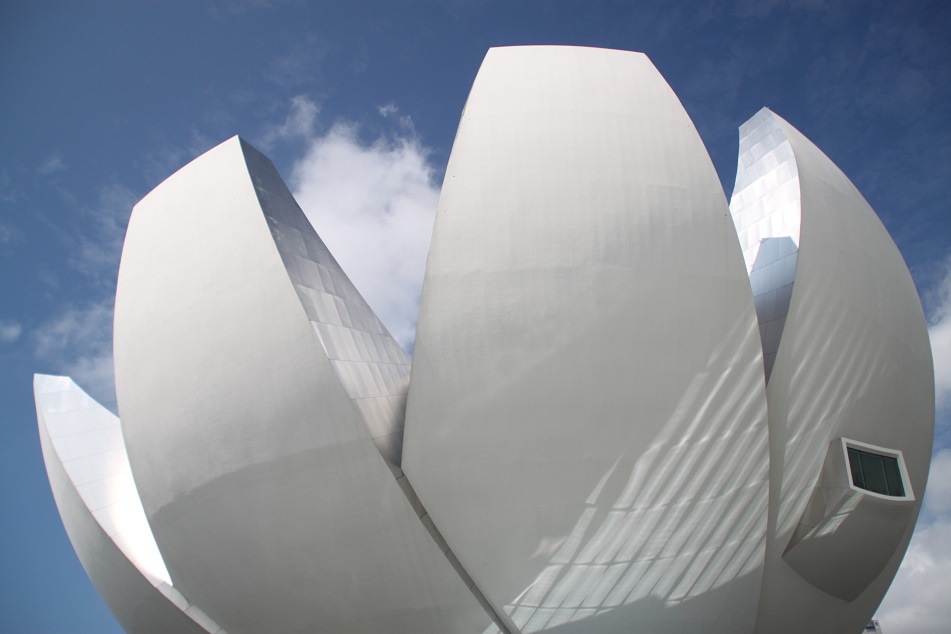

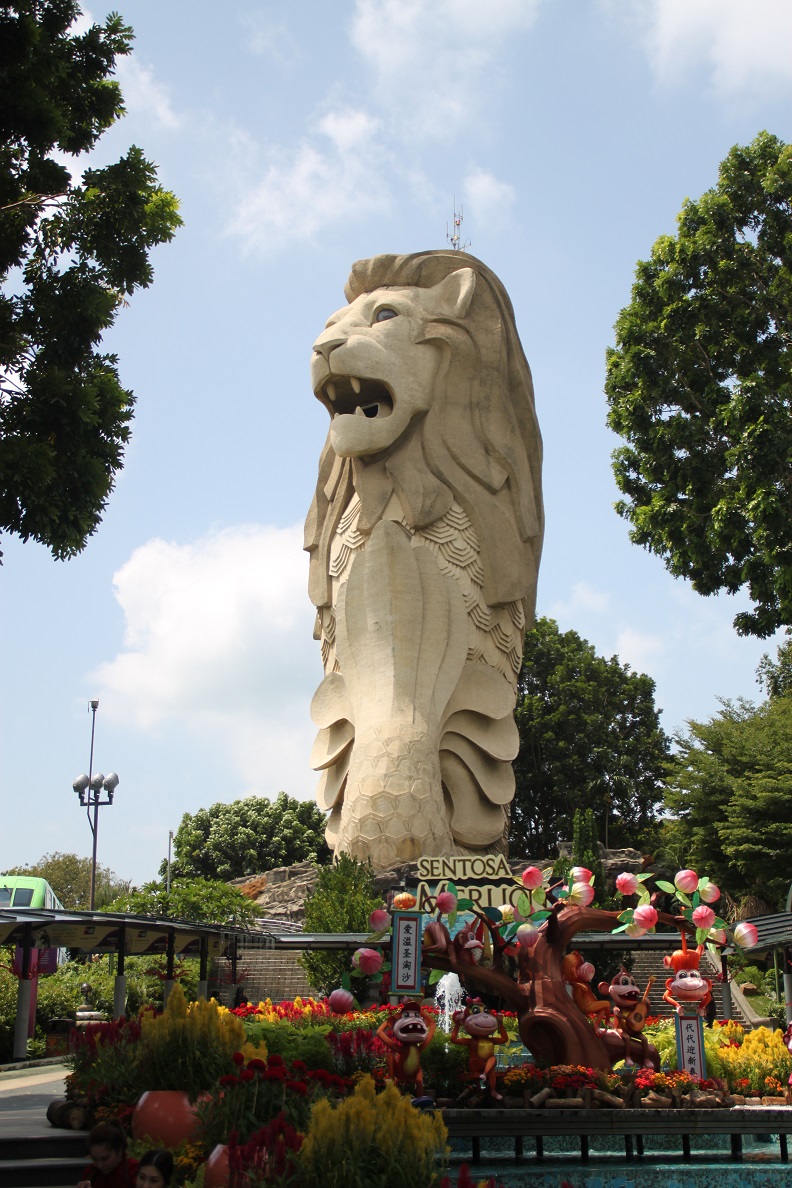
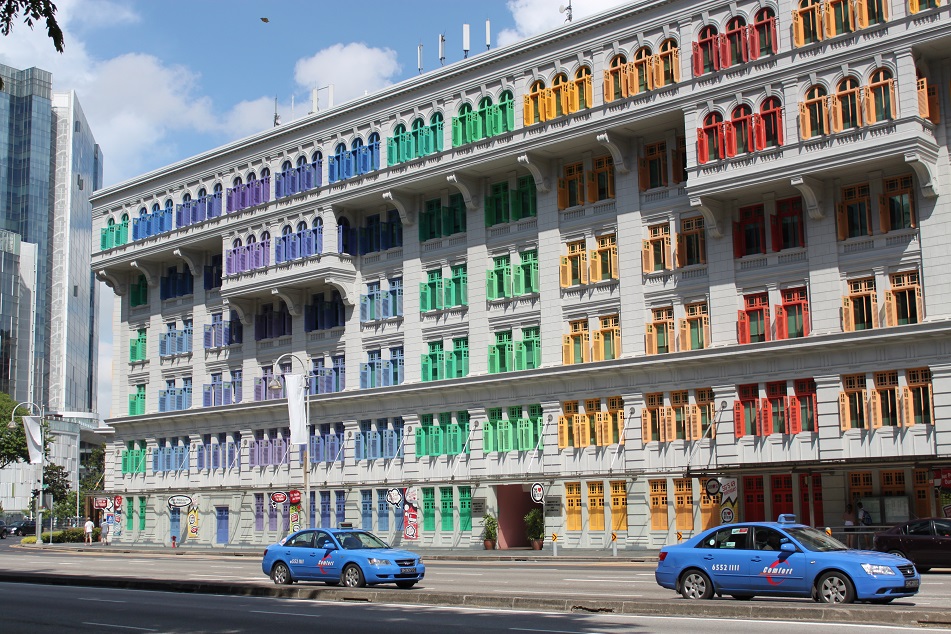
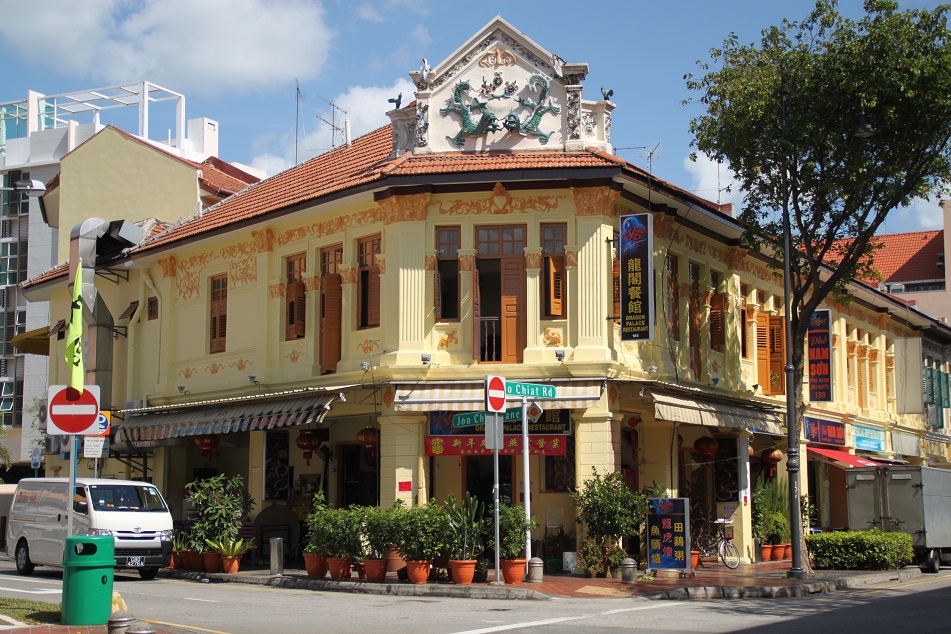

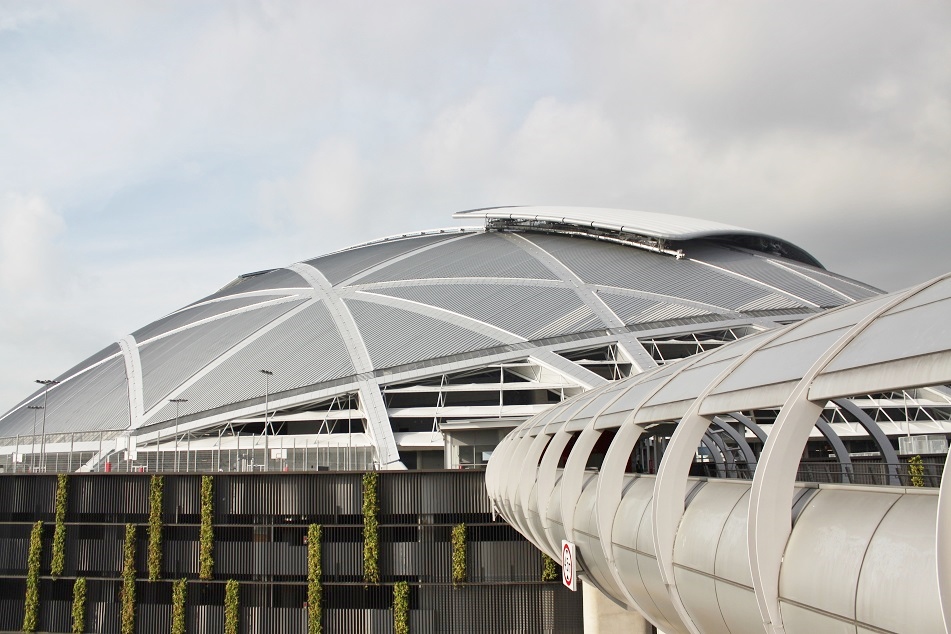
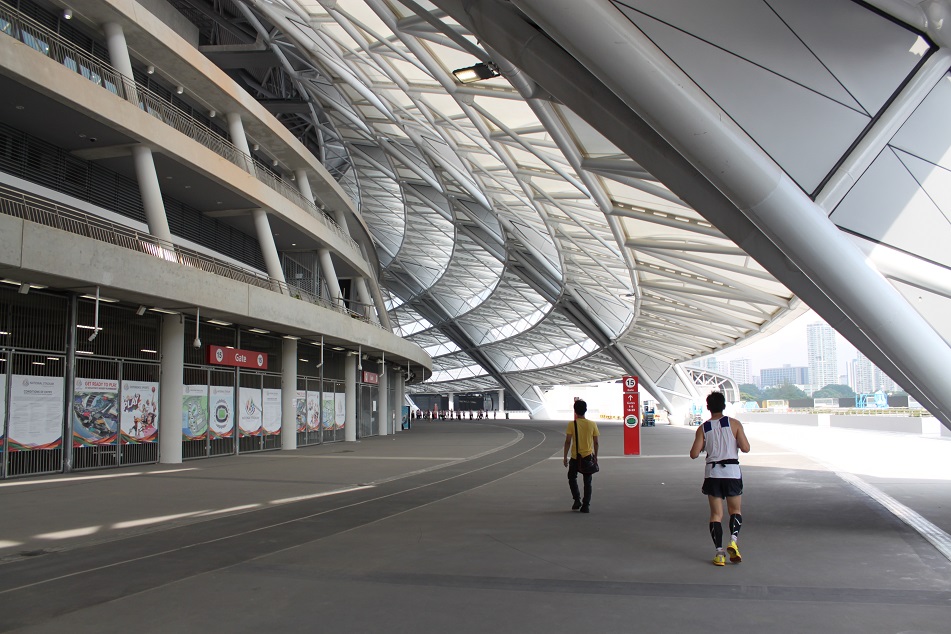





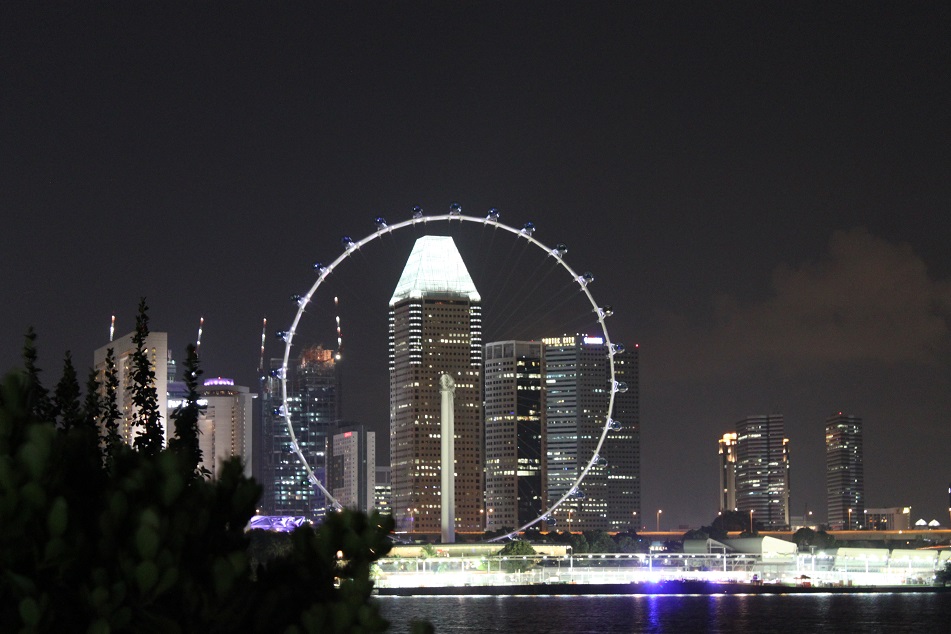
Really interesting! My own government has been on many fact-finding missions to Singapore to find out more about its successes.
LikeLiked by 1 person
Hi Chris. Many governments have learned from Singapore regarding economic development and urban planning. Not all, however, manage to implement them in their respective countries. I’m curious about South Africa, though, as it is generally considered to have the most-developed economy in Africa. Thanks for dropping by and sharing your thoughts!
LikeLike
Bama, reading this reminds me of what I saw at Singapore’s URA (Urban Renewal Authority) Gallery last August. I was blown away by the level of detail and innovation that went into managing so many aspects of city life (transport, heritage, environment, waste disposal, etc.) and the authority’s vision for future development. There were so many lessons for both Hong Kong and Jakarta on making their cities more livable.
LikeLiked by 1 person
I’m really intrigued by the URA Gallery, especially after going to Hong Kong’s City Gallery. I don’t think we have something like that in Indonesia, which is probably part of the reason why urban planning is something most Indonesians are not familiar with. Reacting to a problem when it becomes so severe is the plan here.
LikeLiked by 1 person
Bama thanks for this interesting compare and contrast of Hong Kong versus Singapore. It is particularly timely for us to read this as the island of Sri Lanka where we live has started to articulate a policy which I might summarize as “if Singapore could do it, so can we!”. Just as Singapore and Hong Kong are buttressed against the gigantic Chinese landmass and economy, so is Sri Lanka on the tip of the large Indian subcontinent. So there is much to learn from the Singapore and Hong Kong experience, both in terms of good governance and also how to engage with a significantly larger neighbor, in this case India.
On a personal note, we have been in Singapore twice during layovers and have never seen the dramatic cloud forest and modern garden…. we spent our time in the Botanical garden which is lovely and the older smaller scale neighborhood. So now we know ~ we just have to go back and experience those amazing looking structures!
Ben (& Peta)
LikeLike
It is imperative to learn from places that have proven successful in advancing their economies. However, things that worked well in Singapore or Hong Kong won’t necessarily work in other places. Adjustments need to be made without compromising on quality. I do see a valid reason, though, for Sri Lanka to learn from Hong Kong as the latter’s economy is closely dependent on that of China. Having such a big country next door can provide both opportunities and threats.
The next time you’re in Singapore, I also recommend visiting its cultural neighborhoods, like Chinatown, Kampong Glam, Joo Chiat, and Little India. I would say they are among the most colorful and intriguing parts of the city. Thanks for reading, Ben!
LikeLike
Very interesting article, Bama! I have always wondered about the rapid development of Singapore, now I partially know the answer. The afraid of losing + an efficient government has boosted the island forward. Regarding press and public freedom, I think controlling is necessary, especially in this era of fake news. Too much freedom will lead to chaos. The mess in Hamburg is an example 🙂
LikeLike
Thanks! If you watch Channel NewsAsia (Singapore’s main English-language international news channel), you’ll notice how kiasuism is instilled in people’s mentality. Speaking of press freedom, I’ve actually been wondering whether some kind of censorship or control is necessary in the era of fake news like today. However, if an authoritarian regime happens to be in power, that will only be used as a means to silence opposition voices — crucial in maintaining a healthy democracy. I guess the key is education and empathy, as well as a law against hate speech. Anyway, appreciate your thoughts, Len!
LikeLike
Mas Bamaaaaaa….
Sampai sekarang saya tuh ga pernah complain sama Singapore lho karena saya selalu sukaaaa disana. Mungkin kecuali satu hal ya, kurs sgd yang makin menguras kantong. Saya senang pedestriannya, transportasinya dan upaya2 pariwisata yang terus berganti berkesinambungan. Jadi menurut saya, orang tidak pernah bosan untuk datang kembali untuk hal lain yang baru di Singapore. Dan aman, terutama buat pejalan perempuan kayak saya.
BTW, kok engga cerita Changi vs. HKIA atau efisien mana petugas imigrasi SIN atau HK? Hihihi…
LikeLiked by 1 person
Kalau ada satu hal yang saya komplain mengenai Singapura itu ya harga penginapan di sana yang rata-rata lumayan jauh lebih tinggi dibanding di negara lain di Asia Tenggara. Tapi untuk traveling gampang, nyaman dan relatif dekat, Singapura memang tempat yang tepat sih. Nah, untuk bandara berdasarkan pengalaman saya Changi lebih efisien dibanding HKIA, meskipun yang kedua juga sudah sangat efisien sih dibandingkan dengan Soekarno-Hatta. Nanti di postingan selanjutnya saya bakal singgung sedikit mengenai bandara kita tercinta. 🙂
LikeLiked by 1 person
My favourite city to visit, not only because it’s clean and well organized, but I see evidence of inclusiveness everywhere and I feel the rest of the world could learn from this — especially the oath children recite at school.
LikeLiked by 2 people
Your mention about Singapore’s inclusiveness reminds me of what James told me a while ago. Despite its slogan as Asia’s World City, to him Hong Kong feels more segregated than Singapore. In the latter the celebration of Chinese, Malay and Indian cultures are palpable, particularly at certain parts of the city. Speaking of the oath, I wonder what it is about. Thanks for sharing your thoughts, Mallee.
LikeLiked by 1 person
If you Google Singapore oath, it comes up. I met someone here originally from Singapore who told me he had to recite it every day at school.
LikeLike
I read it just now, and I think other countries should emulate something similar for themselves. As you said, it emphasizes on inclusiveness, a message that needs to be amplified in a divisive time like today. Thanks for the info, Mallee.
LikeLiked by 1 person
Great photos, writing and education. Thank you.
LikeLiked by 1 person
Much appreciated! Thanks for reading.
LikeLike
Interesting as always, Bama.
LikeLiked by 1 person
Always appreciate your kind comment, Wien!
LikeLike
With pleasure, Bama. You’re deserved for this
LikeLike
I was in SG, 2 weeks ago. Too bad I did not see you, cutie! haha
LikeLiked by 1 person
Hi Kate. Most of the photos in this post were taken during my latest trip with my parents back in February 2016. So yea, this post is long overdue.
LikeLike
Oh, sad. Hope I’ll be able to meet you in the future. I’m a fan of your work! tc! 🙂
LikeLike
Much appreciated, Kate!
LikeLike
Very interesting story and comparison with Hong Kong. My nephew lived there briefly a few years ago, and his impression seemed to follow the stereotype: that Singapore is bland and boring. What are your thoughts on that? Is all the cleanliness and striving creating a place that feels antiseptic in some way? (I am not being confrontational; in fact, I have heard more positive than negative things about Singapore. Just curious.)
LikeLiked by 1 person
Oops, I meant history, not story!
LikeLike
I’ve been to Singapore three times, and each visit left a different impression. Back in 2010, Singapore felt so developed, clean, modern and orderly — that’s because I only went to the Central Business District and the resort island of Sentosa. Then in 2014 I went to Singapore with James. We explored the city’s Chinese, Malay and Indian neighborhoods which quite surprisingly had a great atmosphere. They’re all the more down-to-earth faces of Singapore which felt very refreshing. Then in early 2016 I went with my parents. We went to some places I had visited in my earlier visits, and it was incredible to see how the city was constantly evolving into an ultramodern garden island while at the same time promoting its cultural diversity. Overall, I think Singapore is a nice place to live in, although having been calling Jakarta home for nine years makes me miss those rough edges Singapore is lacking.
LikeLiked by 1 person
Interesting read. I read it with great interest especially because I recently visited Singapore and was very impressed by the cleanliness and order. The comparison with Hong Kong was insightful. The photos are wonderful and brought back memories from Singapore not so long ago. 🙂
LikeLiked by 1 person
Indonesians have the same impression about Singapore. After all, in Asia there are not that many countries that can rival Singapore’s cleanliness and orderliness. Jakarta, the Indonesian capital where I currently live has been taking Singapore as an example for many development projects in the city. And that will be one of the main focuses of my next post. Thanks for reading, Pooja!
LikeLiked by 1 person
Very intersting post! It’s true that Singapore is such a peculiar city with a clash of culture. It is also interesting that the Singaporean government try to maintain a certain percentage of Chinese people in the the population.
LikeLike
I heard that they have a regulation regarding the composition of residents’ ethnicity in the city’s HDB (public housing). But I don’t know about that policy you’re referring to. That’s something I should look forward to exploring when I return to Singapore! Thanks for the info and for reading this post!
LikeLiked by 1 person
My in-laws are living there and they mentioned it to us a few time over the years. I don’t know where they got that information 😉
LikeLiked by 1 person
waa..i wish to go to the gardens bay..by the way..u took great photos..
LikeLiked by 1 person
Thank you! Well, Singapore is a lot easier to visit now thanks to all those direct flights from Indonesia’s major cities.
LikeLike
Great and interesting photographs.
LikeLiked by 1 person
I really appreciate your kind words, Syam!
LikeLike
The more I read about Singapore, the more I respect her citizens!!!
LikeLiked by 1 person
Education is key, and for sure Singaporeans get top notch education since early age, which helps shape their forward-looking mindset.
LikeLiked by 1 person
Thank you for another interesting read Bama. Wish more governments displayed the vision required for development on the scale of Singapore. Quite a mammoth task for countries, regardless of their size or economic clout, without clean governance and an educated and aware populace.
LikeLiked by 1 person
Despite his autocratic style, vision was what Lee Kuan Yew was often attributed for. Without vision, Singapore would have grown like other cities in the region, with traffic jam here and there, garbage issues, and all the typical problems places like Jakarta, Bangkok and Manila have been dealing with. Learning from Singapore is one thing, but having the audacity to implement necessary reforms, regardless of how unpopular they might be, is what a visionary leader needs to be. Thanks for reading, Madhu!
LikeLiked by 1 person
hi Bama, very good post. I’m writing you while commuting to my workplace by Singaporean MRT.
Just moved here 2 weeks ago so the insights in your article are very helpful.
take care of the durian & hati2 ya..
LikeLiked by 1 person
Hey Mikel! It’s been a year since we met up at Setiabudi Building. Singapore is a big change from Jakarta — don’t you miss dangdut songs? 🙂 Good luck with your new job at your new adopted city. Hopefully our paths will cross again one day.
LikeLiked by 1 person
Interesting post. We were in Singapore two weeks ago and have to admit we appreciated the modernity and cleanliness after 3 month spent in SE Asia (Vietnam, Laos, Malaysia).
LikeLiked by 1 person
Hi Hendi. Indeed, Singapore is an oasis of cleanliness and orderliness in the beautiful and intriguing chaos that is Southeast Asia. 🙂 Thanks for dropping by!
LikeLiked by 1 person
Hi Bama, I am browsing through your blog and indeed ‘What an Amazing World’ and you are such an amazing blogger. Love all your blogs and photos. 🙂
LikeLiked by 1 person
Hi there! You’re too kind. 🙂 I really appreciate the time you spent on my blog and the lovely comment!
LikeLiked by 1 person
Hi. Quite an amazing world you have here. All your posts just took my breath away. Just have to get time and through all of them. Sure to learn a lot. Have a wonderful day.
LikeLike
Hi Lazarus, or should I call you Madekesi? Thanks for dropping by! Really appreciate your time reading my blog posts. Have a great day too!
LikeLike
I got you guys confused with my name ah? But any can do. You welcome. Actually I was just passing by and then I saw those beautiful photos, and I had to pullover. Hahaha.
LikeLike
Well, I just wanted to make sure. 😀 Again, thanks for saying hi!
LikeLike
Anytime man. Have a wonderful time and Merry Christmas
LikeLike
Merry Christmas to you too!
LikeLiked by 1 person